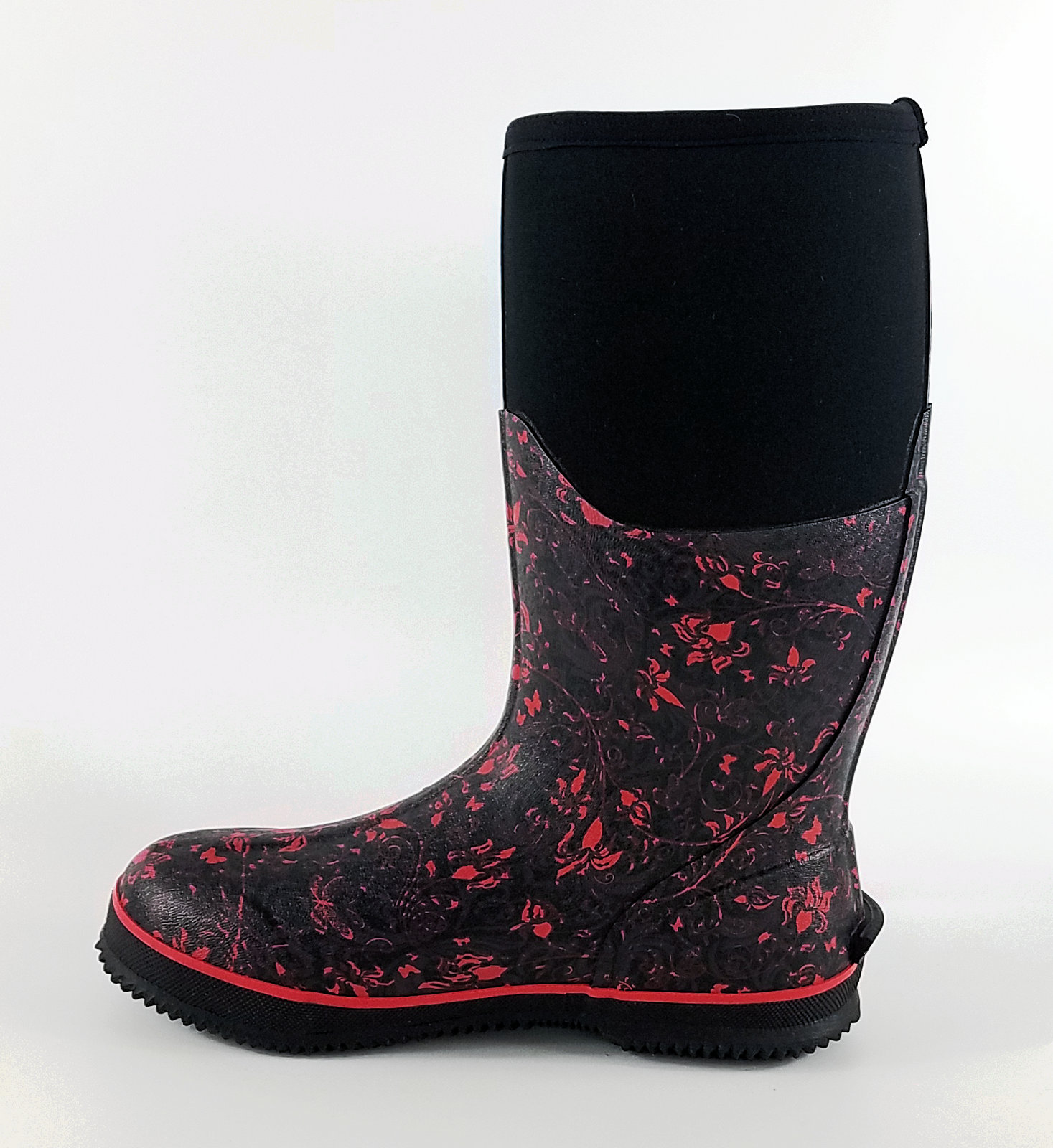Finding Good Hiking Boots for Your Outdoor Adventures
Hiking is one of the most rewarding outdoor activities, allowing you to immerse yourself in nature and enjoy the beauty of the great outdoors. However, to truly enjoy your hiking experience, having the right gear is essential, with hiking boots being the most critical component. Choosing a good pair of hiking boots can significantly enhance your comfort and safety on the trail. In this article, we will explore some key factors to consider when selecting the perfect hiking boots to ensure your adventures are enjoyable and safe.
Understanding Hiking Boot Types
When it comes to hiking boots, they come in various styles designed for different types of terrain and hiking experiences. Broadly, they can be classified into three categories lightweight hikers, mid-cut boots, and backpacking boots.
1. Lightweight Hikers These boots are designed for short day hikes on well-maintained trails. They are typically flexible, lightweight, and comfortable right out of the box. However, while they offer adequate support, they may lack the durability needed for rugged trails.
2. Mid-Cut Boots These boots provide a balance between support and agility. They usually offer better ankle support than lightweight hikers and are ideal for moderate day hikes or overnight trips. The mid-cut design helps prevent injuries while maintaining a level of flexibility.
3. Backpacking Boots If you plan to tackle rough terrain or carry a heavy backpack, investing in a pair of sturdy backpacking boots is essential. These boots offer robust support, excellent traction, and are typically designed to withstand extended wear and tear on challenging trails.
Fit and Comfort
One of the most important aspects of choosing hiking boots is getting the right fit. A well-fitted boot can prevent blisters, discomfort, and other foot-related issues. When trying on boots, consider the following tips
good hunting hiking boots

- Try them on with the socks you plan to wear This helps ensure that you get the right fit, as thickness and material can affect how the boots feel.
- Walk around the store Take your time to walk on different surfaces and simulate the movement you'll make on the trail. Pay attention to any pressure points or areas of discomfort.
- Consider the toe box Ensure there’s enough room for your toes to move
. A good rule of thumb is to have about a thumb's width of space between your longest toe and the end of the boot.Material and Durability
The materials used in hiking boots play a significant role in their performance. Most boots are made from either leather, synthetic materials, or a combination of both. Leather is known for its durability and water resistance, making it suitable for rugged conditions. However, it can be heavier and requires a break-in period. Synthetic materials, on the other hand, are generally lighter and dry faster but may not offer the same level of durability.
Traction and Outsoles
Another crucial aspect to consider is the outsole of the boots. Look for boots that feature deep lugs made of high-quality rubber. This design will provide excellent traction on various surfaces, including mud, rocks, and wet trails. The right traction can make all the difference in maintaining your stability and safety while hiking.
Conclusion
In summary, finding good hiking boots requires careful consideration of your hiking style, the terrain you’ll encounter, and the fit and comfort of the boots. By understanding the different types of hiking boots, focusing on their fit, durability, and traction capabilities, you can make an informed decision to enhance your hiking experiences. A good pair of hiking boots not only supports your feet but also encourages you to explore further, ensuring that you make the most of your adventures in the great outdoors. So lace up, hit the trails, and enjoy all that nature has to offer!
-
Stay Dry in Any Condition with WadersNewsJul.17,2025
-
Elite Performance with Camouflage Combat BootsNewsJul.17,2025
-
Dry and Comfortable with Green Rubber Garden ShoesNewsJul.17,2025
-
Convenient Protection with Foldable RainbootsNewsJul.17,2025
-
Comfort and Protection with Neoprene Work BootsNewsJul.17,2025
-
Brighten Rainy Days with Floral Rain BootsNewsJul.17,2025
-
Safety Wellies: The Ultimate Combination of Protection, Comfort, and VisibilityNewsJun.19,2025











